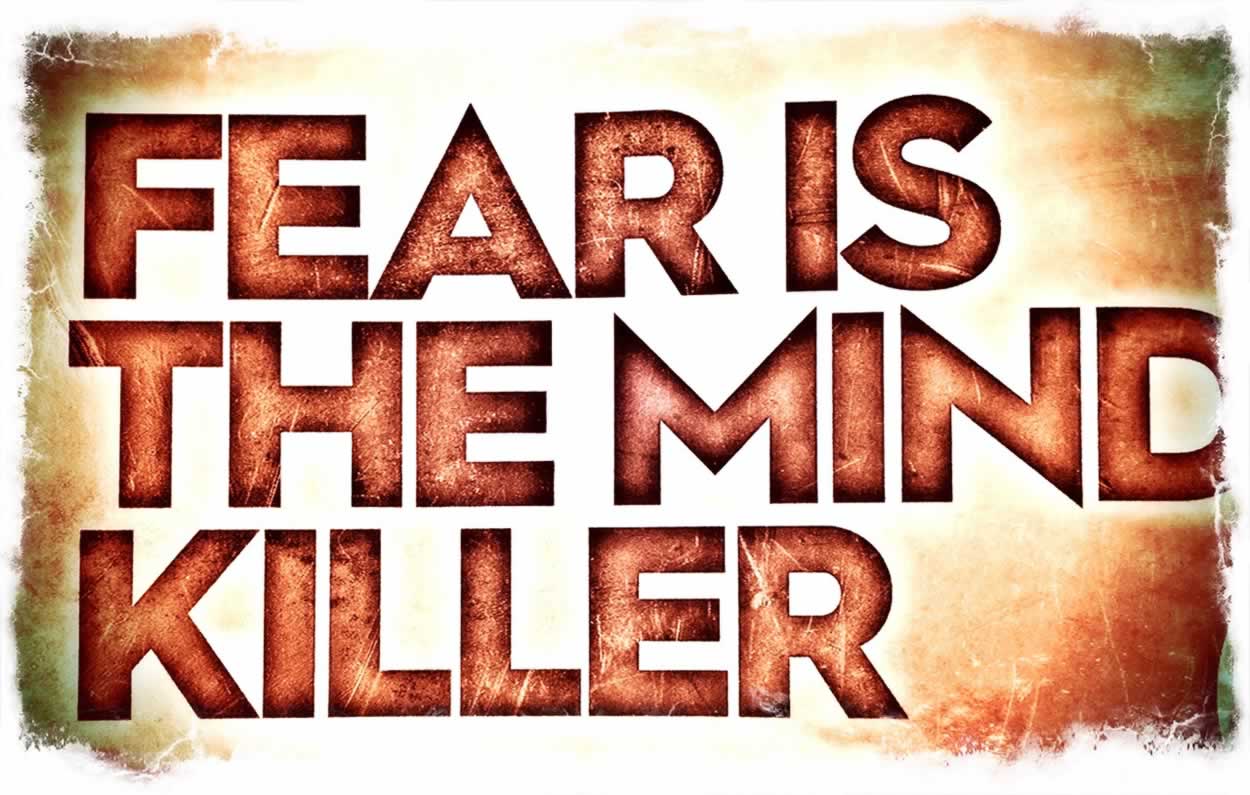DESIGN AND RISK
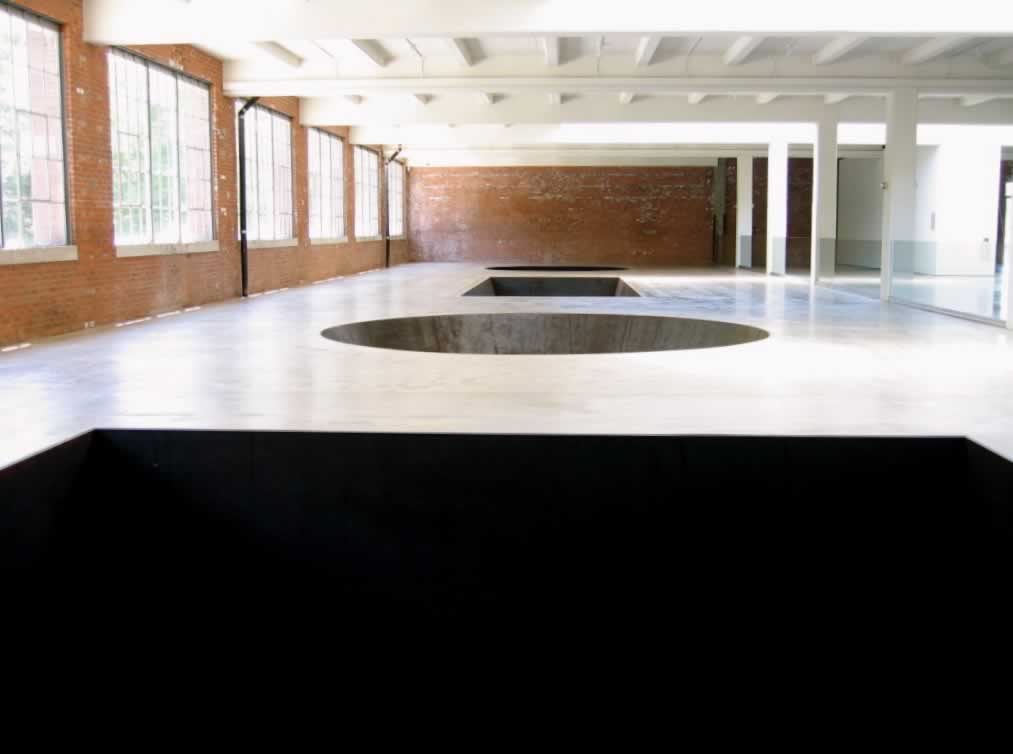
EVERY DESIGN REACH IS A RISK, IT TAKES COURAGE TO ADVANCE FROM ASKING QUESTIONS AND LISTENING TO OFFERING SOLUTIONS. THE GAUNTLET THROWN TO THE WORK IS THAT—IN ANY JOURNEY—THERE IS RISK. You’re presuming that you—brand person, design researcher, industrial designer, architect and anthropologist, or retail strategist—are right. That your design thinking is correct.
AT THAT MOMENT, WITH COURAGE—which is the word for heart—YOU MAKE THE LEAP: jump—this is INSTINCT AND GUT, which we’ve written about for years. It’s your holistic “gut” reaction to everything you know, which is everything that you know, now. That comes out to a type of zen meditation—which is: “everything you know now is only what you know now. And that foundation—knowing now—is the cumulative effect of exploration, examination and the movement towards explication. And that gut reaction—built on everything you know, now, will enable decision-making. It’s a risk. And risk speaks to fear.
In a manner, in the process of making design decisions—whether fully informed or otherwise—there is a degree of meticulousness, the detailing of the solution pathways that requires intricate attention. It was Lloyd Reynolds, the Reed College professor that inspired Steve Jobs in his journey to consider elegant typography inside the Macintosh and, too, it was this alignment that synchronized my links between my training with Lloyd—and later—working for Steve Jobs.
It was Lloyd Reynolds who taught me that the etymology of meticulous is the Latin, metus, which is “fear and timidity.” That would come down to that positioning of overthinking, protective curtailment of design pathways that fail to make the jump to the most inventive and imaginative solutions.
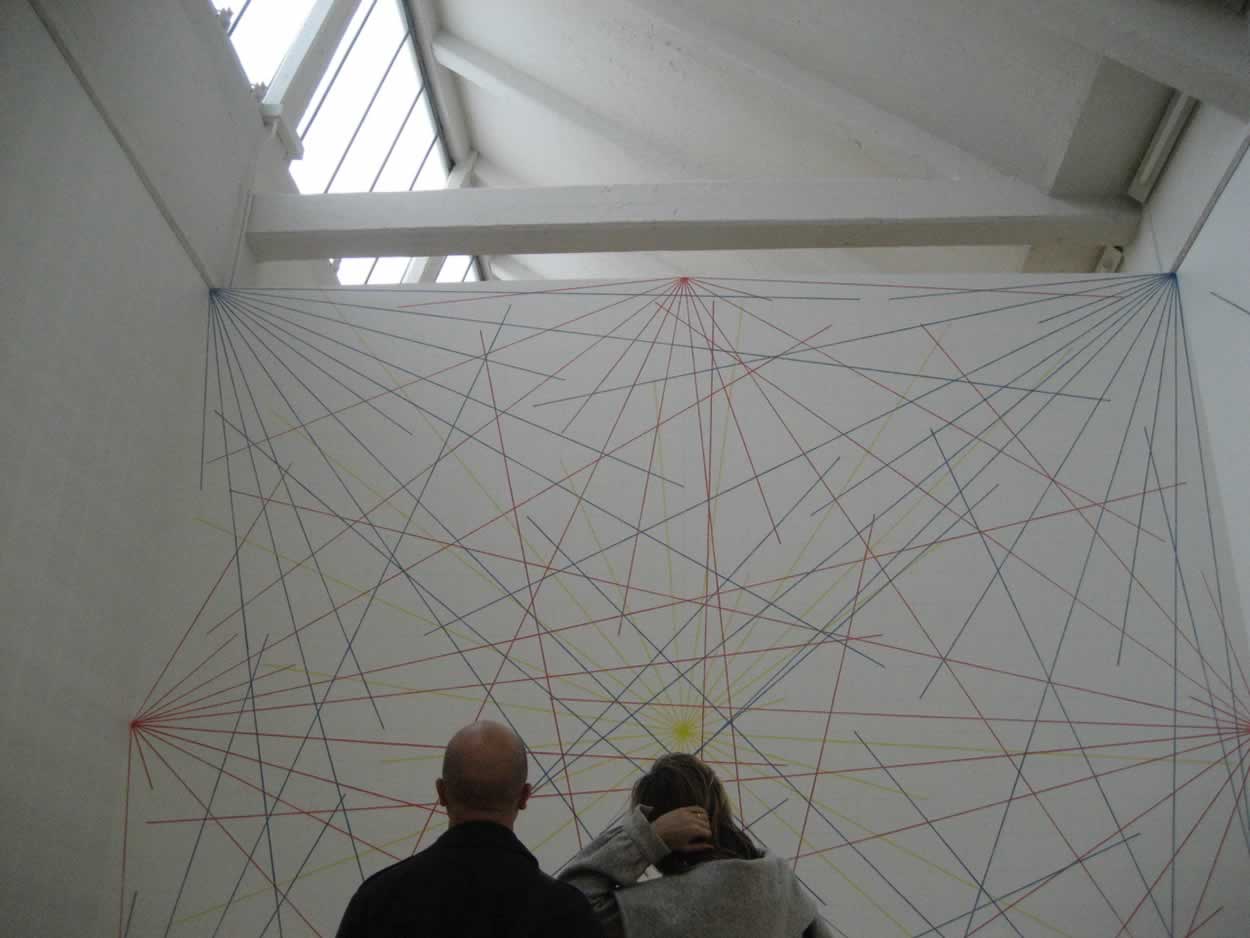
Things are arranged; then they are rearranged. Elements are stable, then they are unstable. What do you hold to: that which is arranged, that which is not? Do elements, being rightly arranged, create a beauty, or is that grouping of elements more beautiful in chaos?
Is there beauty in symmetry?
Or, symmetry skewed, the chaotic fracture?
I contemplate:
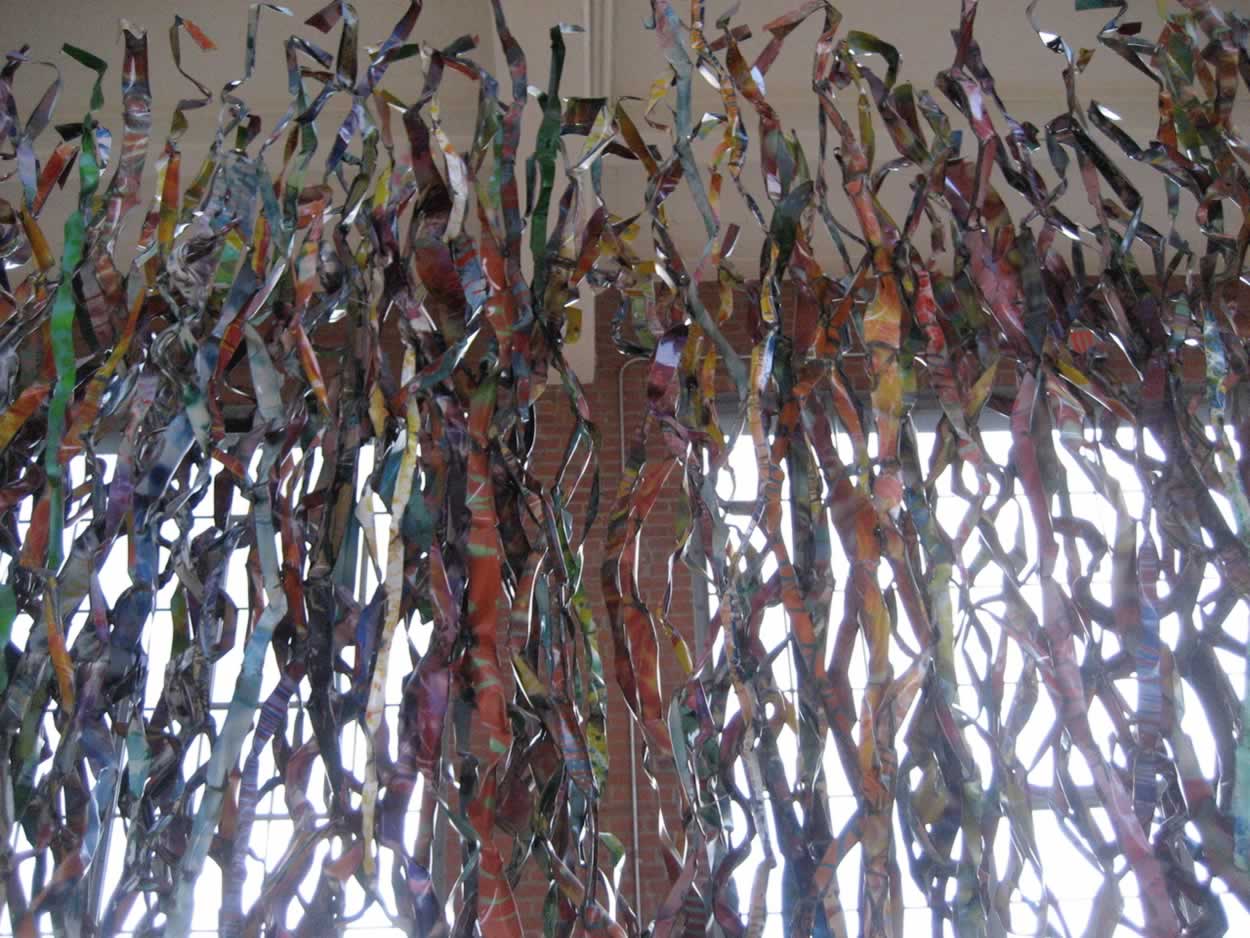
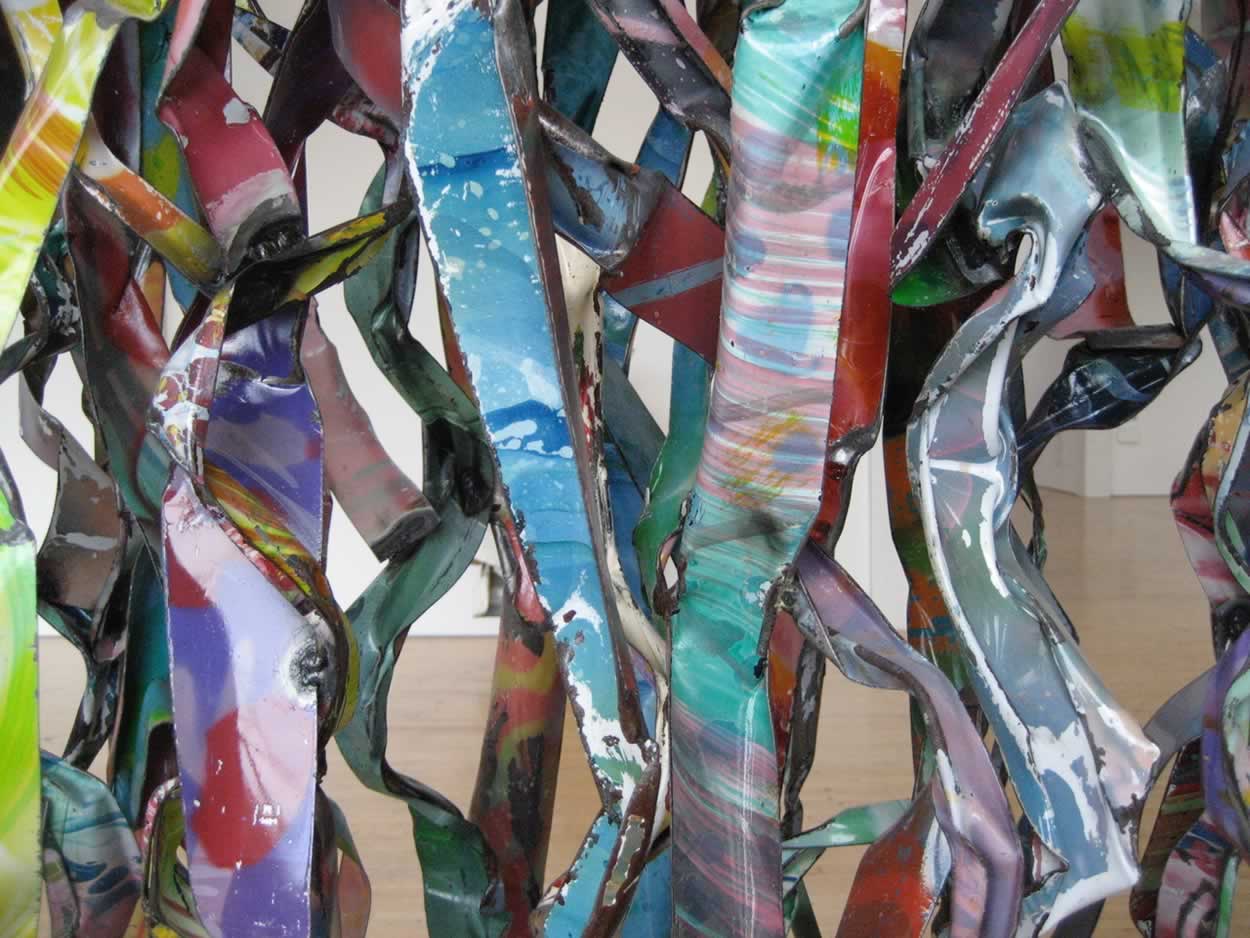
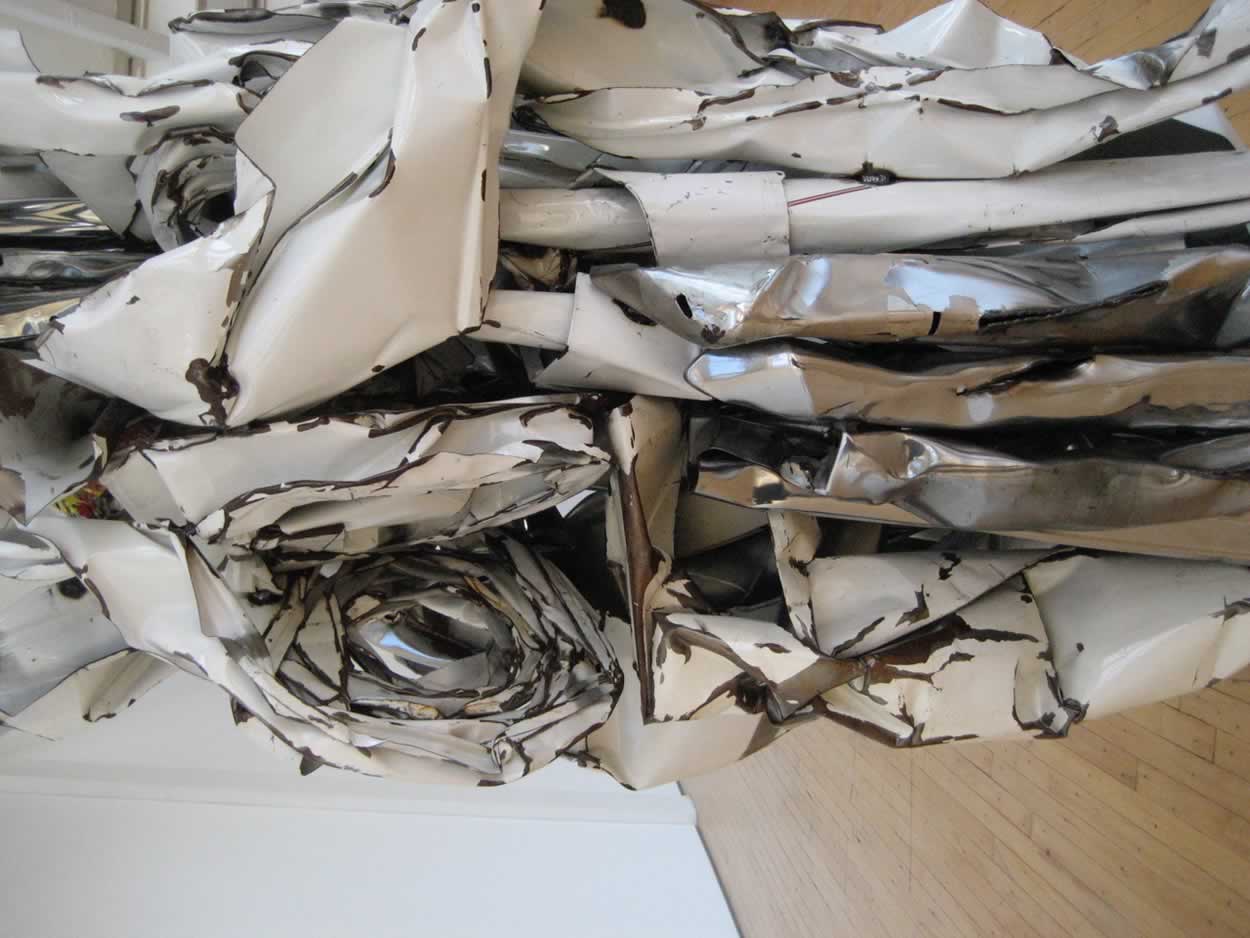
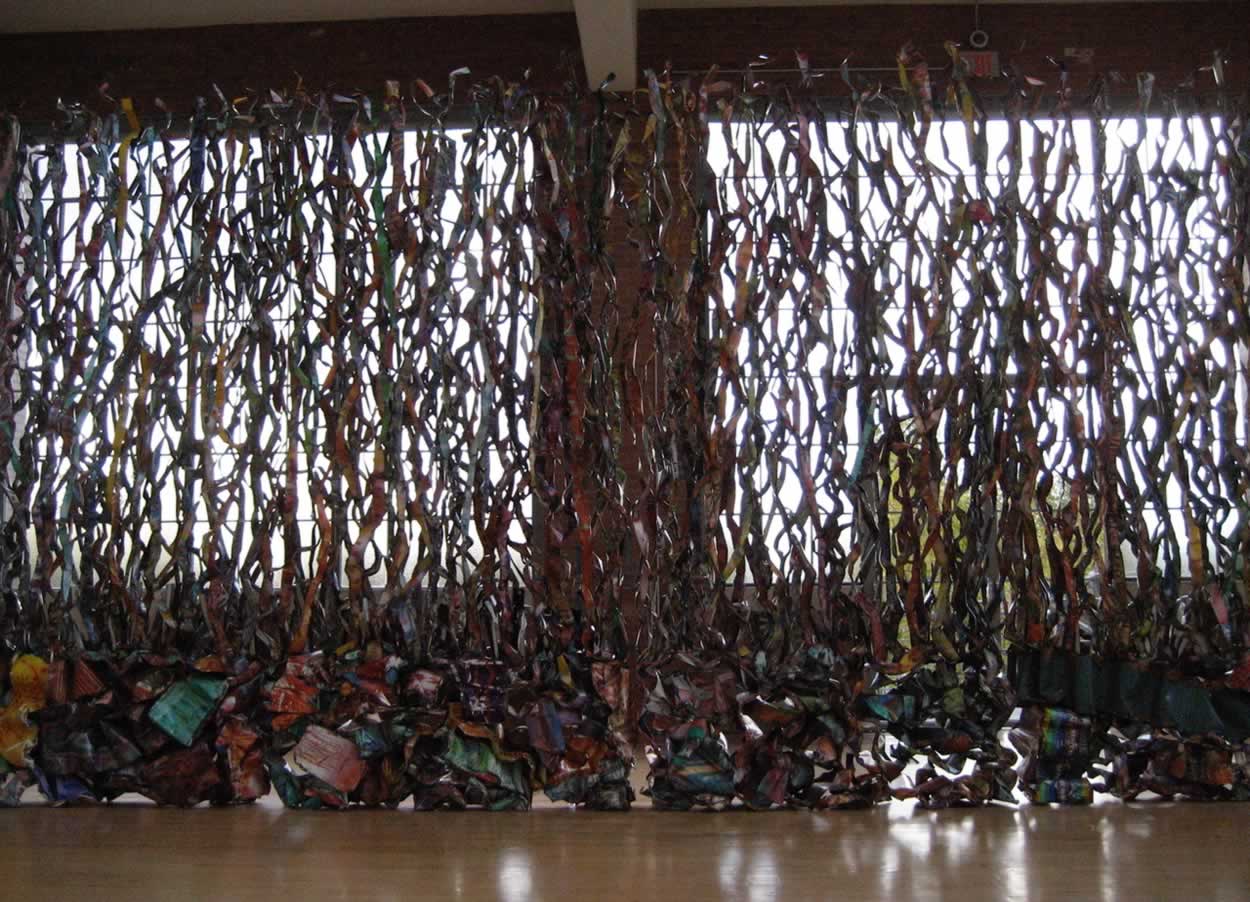
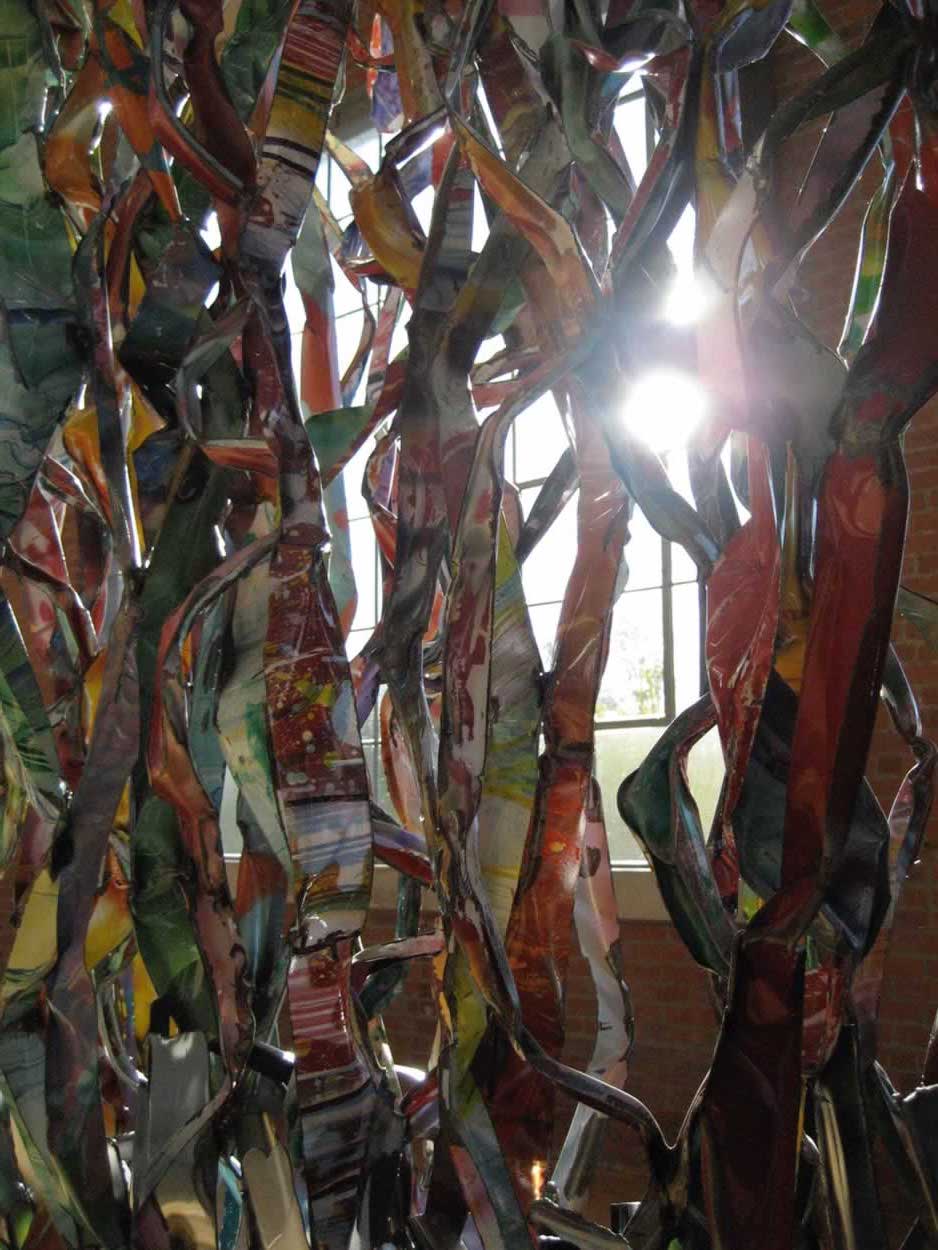
In our quest for the right arrangement of things,
do we focus on the accessibly symmetrical,
or the arranged column left, column right?
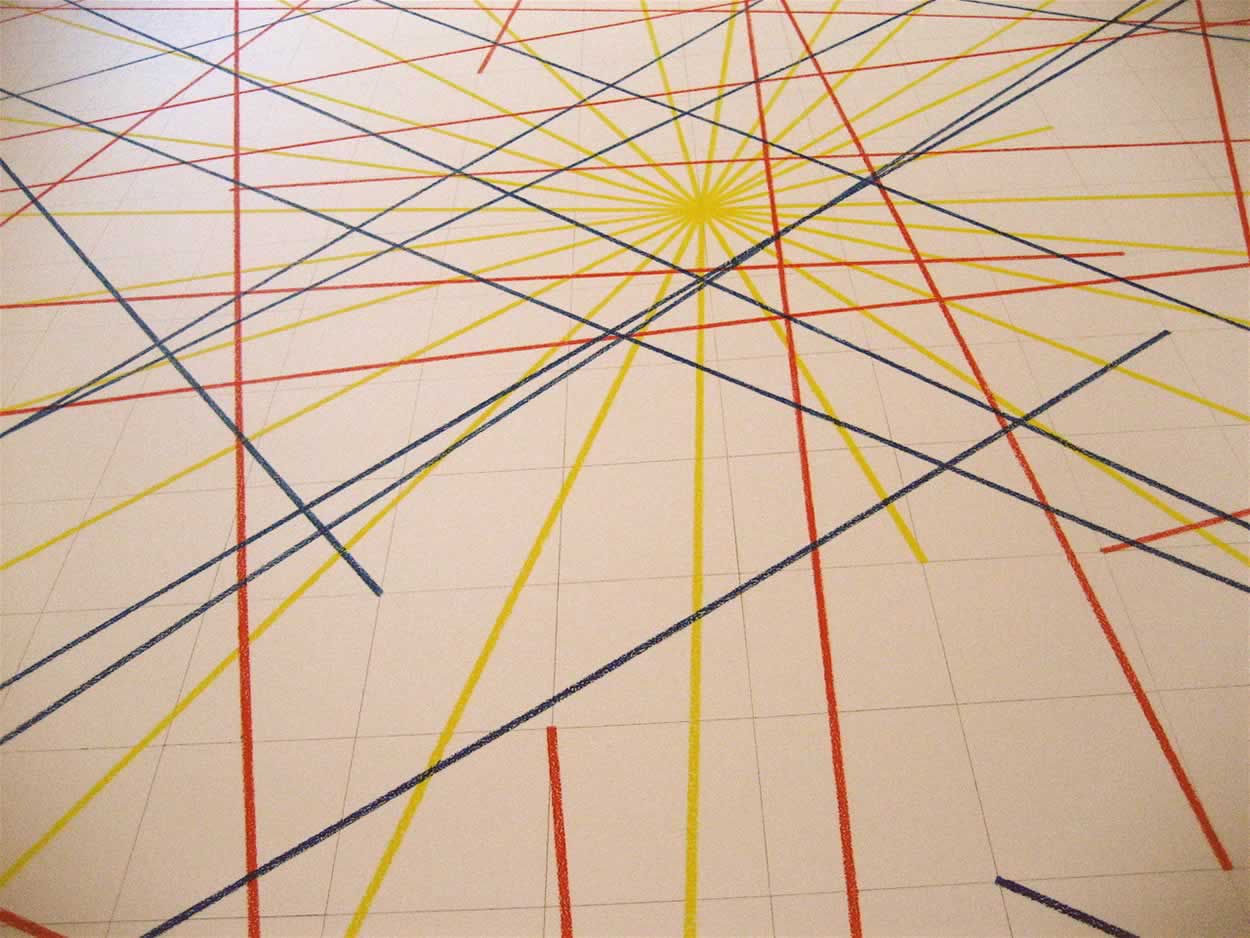
Would that easeful patterning be less fearsome?
Fear can come into play.
Because it’s not the recognizable arrangement—it’s disarrayed, which as a patterning, is more likely characteristic of natural phenomena. Which is a patterning that reaches out to a far larger patterning, that moves closer to a minuscule patterning.
Does a sense of rhythm, a design beat, recognizable geometries make for good design, beautiful work?
Is it free, bold, unfettered, fearless?
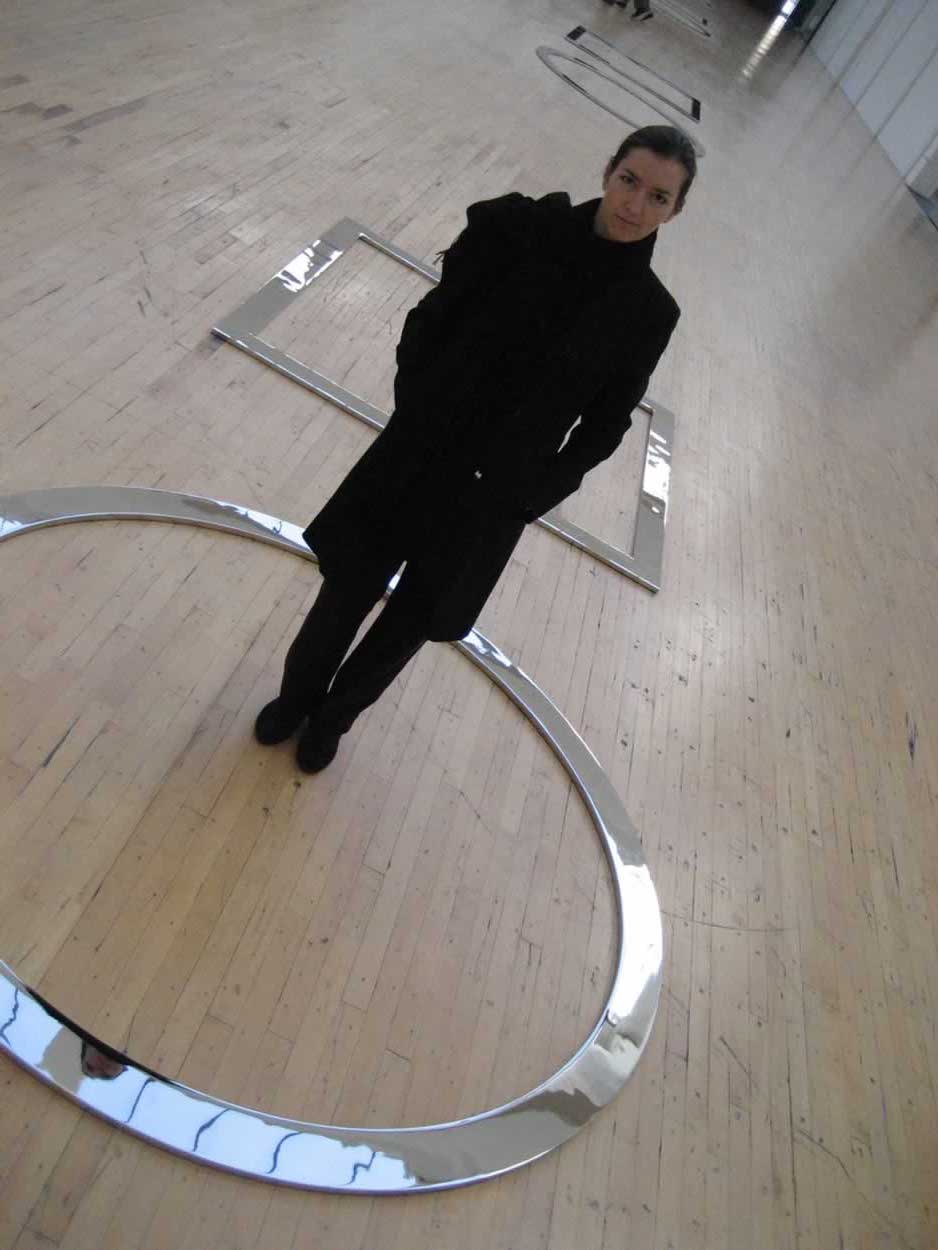
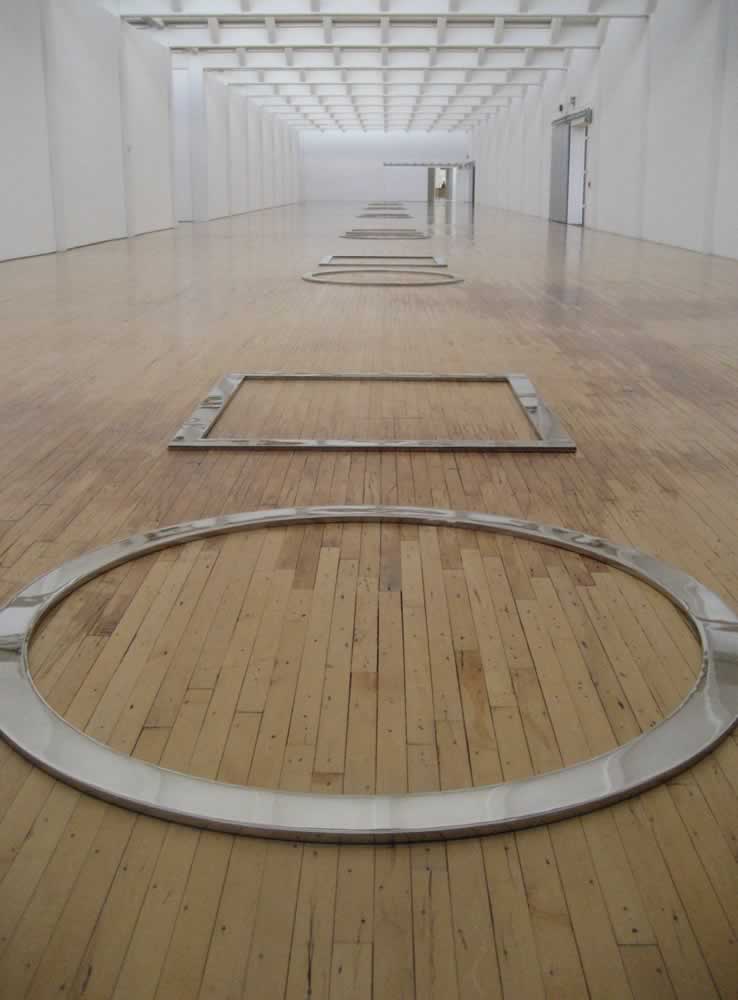
Is a patterning better, to an absence of fear?
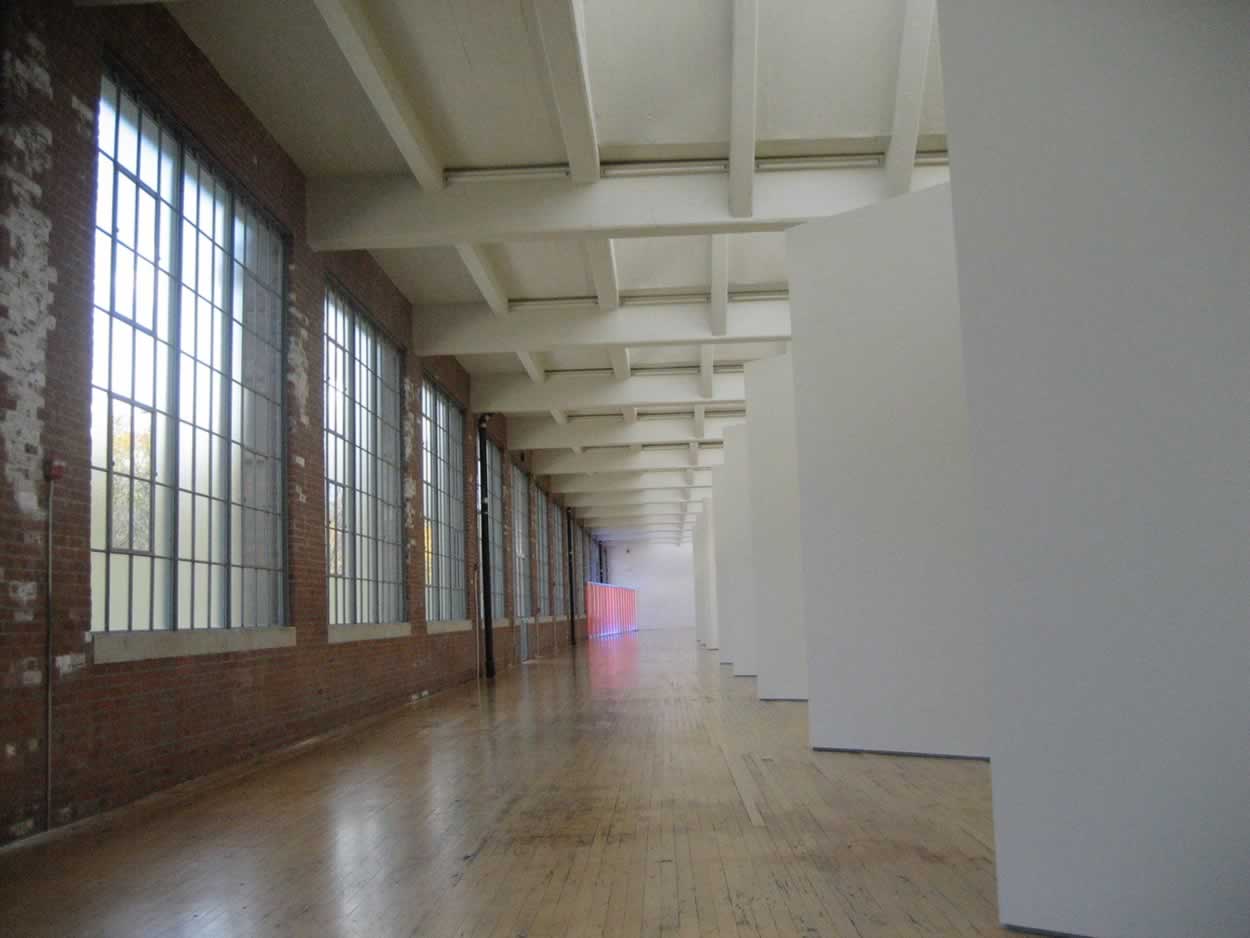
And yes—design, creativity, wide-open idealism and —to my earlier references: lively calligraphy, which was key to my conversations with the esteemed professor Reynolds–we talked about dancing in a low-ceilinged room. One could say that this unbridled strategy eliminates unrestrained fear and meticulousness. Being too fearful in the work, in a manner, it’s a restriction. Better still, an absence of fearfulness empowers the move to fluency, freedom and the energized principle of flow, freedom, and, in the classical theorem of Asian painting, one of the six canons of 6th century art theorist Hsieh Ho:
rhythmic vitality.
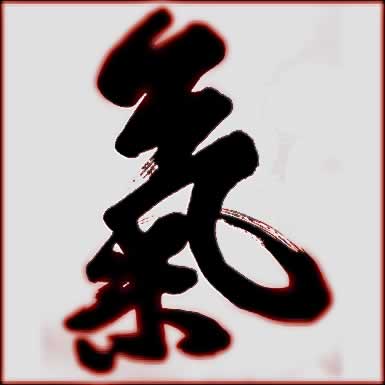
One could think of fear as in being lost—you don’t know how to find yourself; and where to go; and, as a designer, since design thinking is solution for pathways, and brand strategy is the thoughtful armament of tactics, the attempt to direction finds dead-ends, locked hallways, curves to nowhere.
That’s scary, trying to find the way to the right idea and to struggle in finding the path—the best way forward.
Metaphorically, as a designer, I think about it in these images, which come out to: the ever-tightening corridor—the restraint:
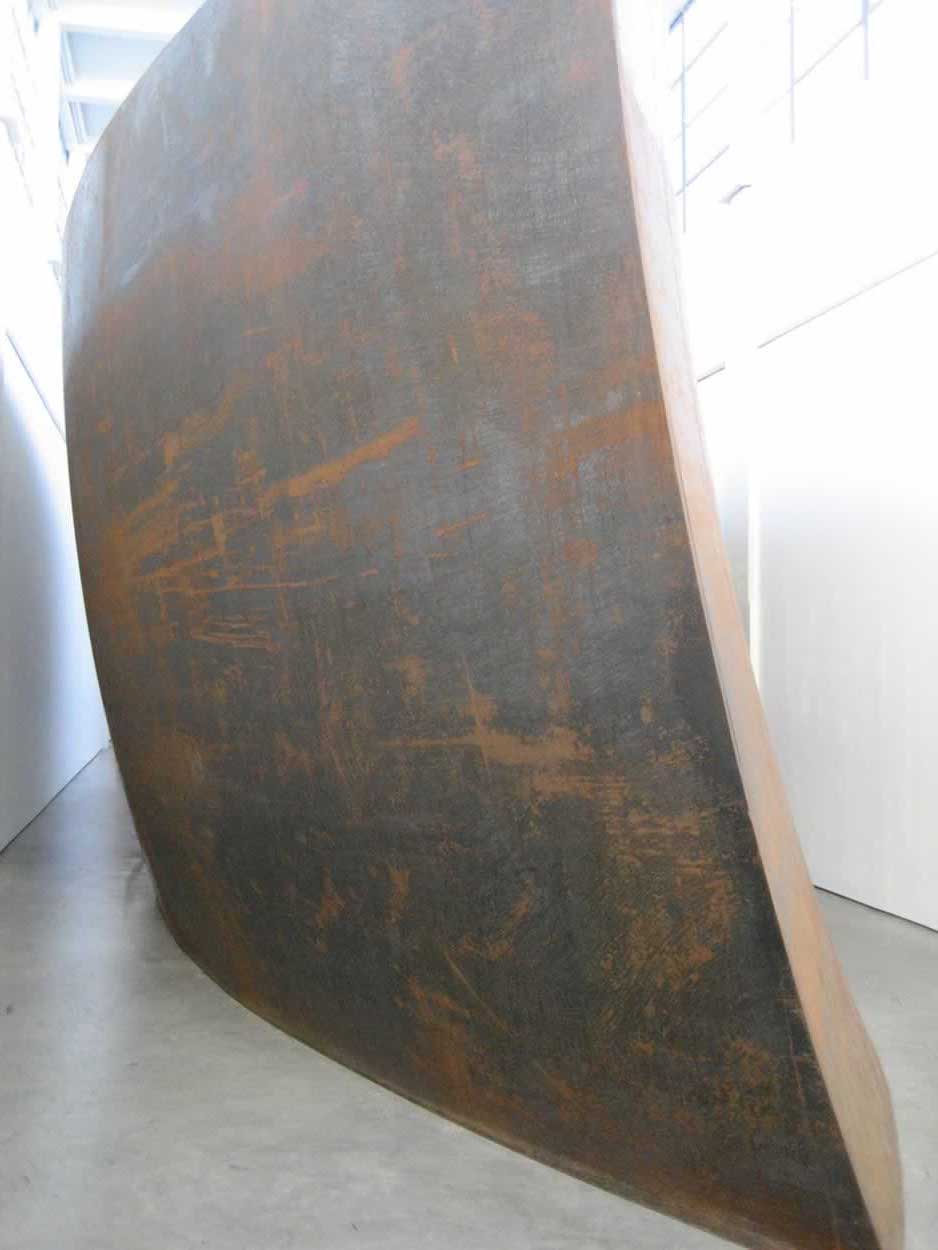
The tiny doorway—in through here, somehow?
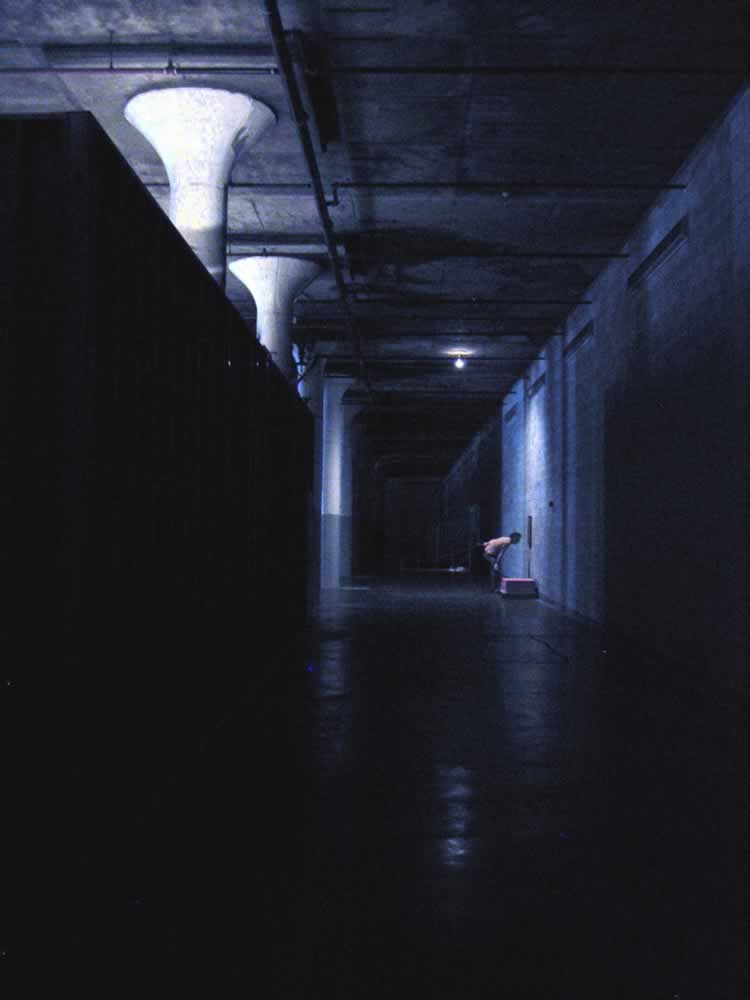
I’m going somewhere? Or I’m stuck, wedged, fearful—I can’t go anywhere.
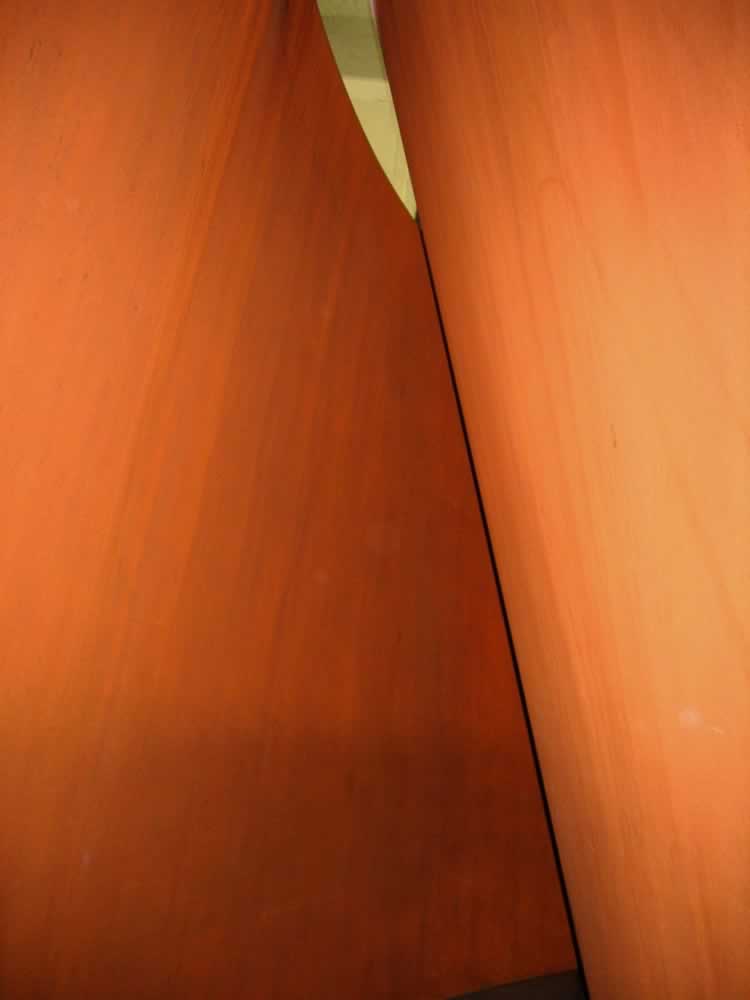
The path takes me: right side up, which way?
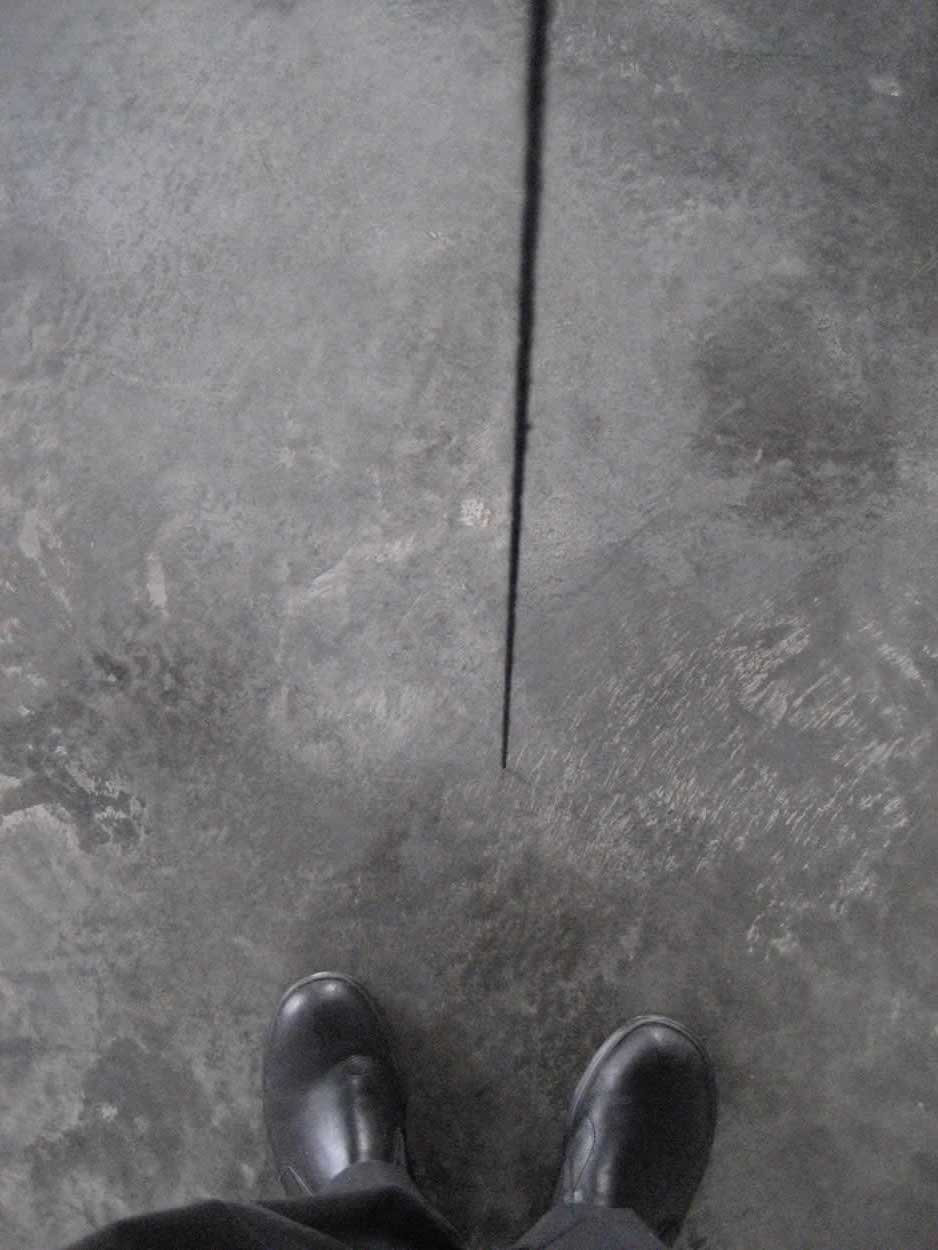
Even a color, a warning.
You can’t get through here.
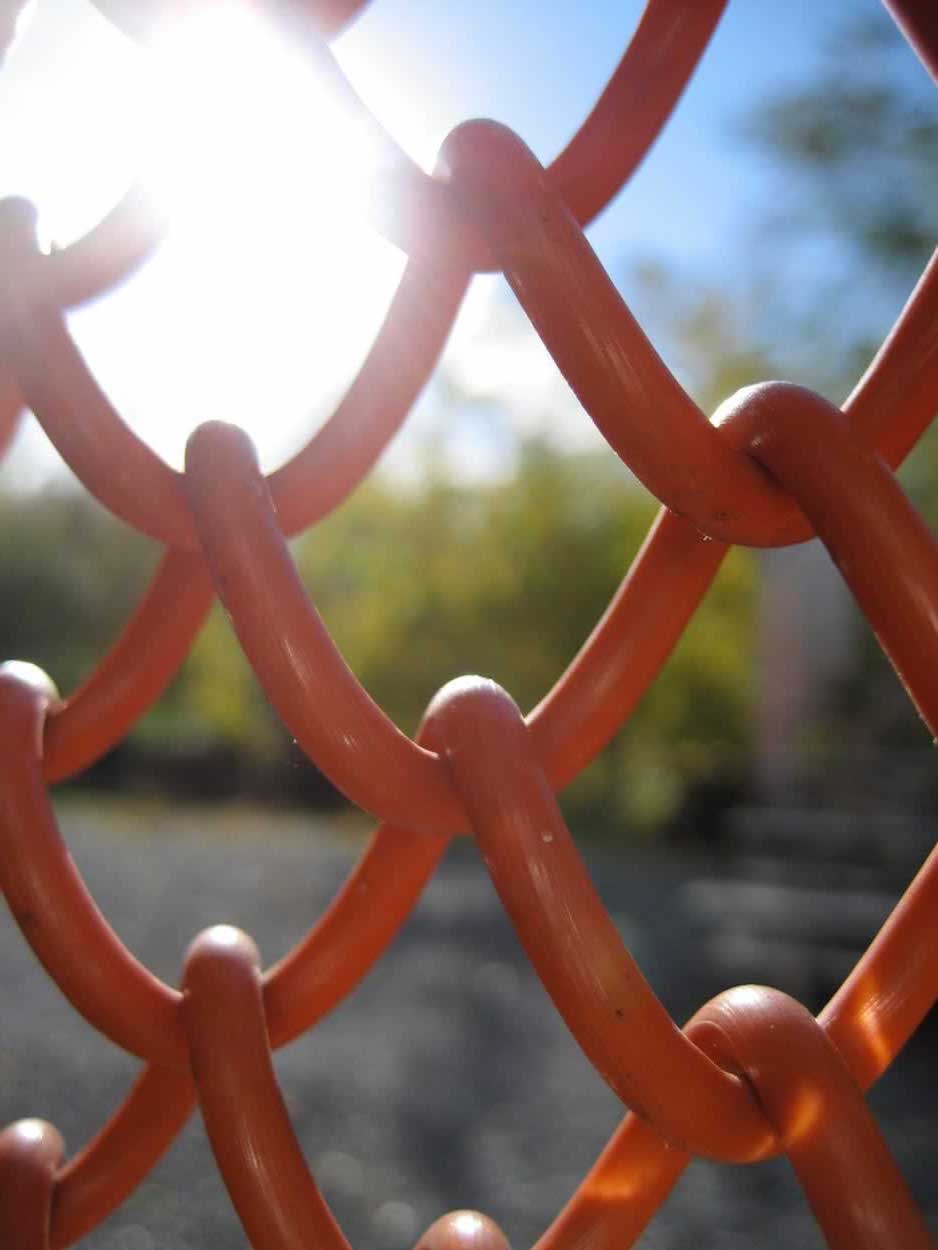
Photography, the above installations, by Tim Girvin | DIA | Beacon, NY
People talk about their fearlessness—but it’s a more intensive strategy—to keep pushing the edge can be exhausted, finding fear is an unrelenting stride—since you’re always at the edge of risk, a bolder initiative. I had a client once who told me about his love of doing things that made him fearful.

Interestingly, however, I never saw, or experienced, once, this truth—from him; in fact, he wasn’t that bold or fearless, frankly, he seemed rather risk averse.
Another friend mentioned, “do one thing every day that you are afraid of.” But what is that? Crossing the street? Being in an elevator?
Walking in an area where you’re not supposed to be?
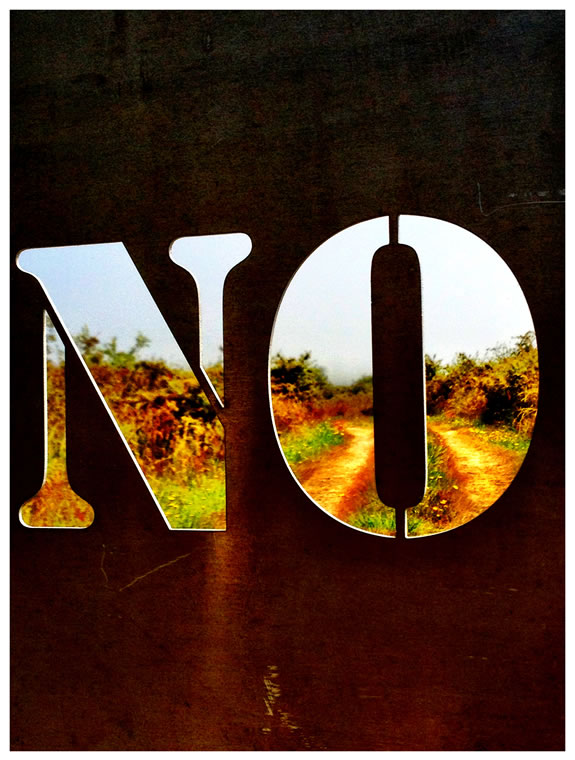
Or risk, exposures, dangerous thinking—actions that are bold, things that stride out past where you are comfortable. Being fear full is a two sided affair—one part, to the willingness to risk everything to get across to another vista; you climb the impossible, to reach a new view.
And, too, to the proclamation of fear— you are exposed to the liability of losing everything.
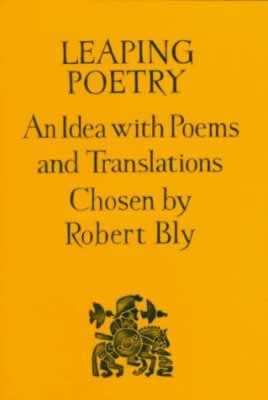
Robert Bly, the poet, spoke of poems that take the leap. Read on. You jump somewhere, you take off, when you read them—they push you over the edge. Flight, you are aloft. To someplace new. Another way of seeing. Another form of being.
There is, to the nature of fear, a way of being timid in everything. A kind of living that puts everything neatly in its place, but allays the character of the incessant emergence of chaos.
Things happen, things come into play that can’t be anticipated. And fear merely acknowledges that proposition. Chaos reigns in the perceived management of hopeful harmonies—but that is the harmony, in a way—knowing that in the most carefully orchestrated serenity, discord can barge in.
Knowing fear, looking at it, allows for the observant placement of objects, in time—that you know might be swept away, in a quick gesture of surprise. Arrange, like the balancing of stones. But know that the earth shifts and they can, and will, fall down, to a new arrangement.

I contemplate:
meticulous muh-TIK-yuh-lus adjective
marked by extreme or excessive care in the consideration or treatment of details
“Meticulous” is derived from the Latin word for “fearful” — “meticulosus” — and comes from the Latin noun “metus,” meaning “fear.” Although “meticulous” currently has no “fearful” meanings, it was originally used as a synonym of “frightened” and “timid.” This sense had fallen into disuse by 1700, and in the 19th century “meticulous” acquired a new sense of “overly and timidly careful” (probably influenced by the French word “méticuleuse”). This in turn led to the current meaning of “painstakingly careful,” with no connotations of fear at all. The newest use was controversial among some usage commentators at first, but it has since become by far the most common meaning and is no longer considered an error.
© Merriam Webster
Fear: which would be care less. But comes from care full.
And to fear less. Fear full.
That’s what I know.
What about your fears—what are they?
TIM | GIRVIN QUEEN ANNE STUDIOS
…..
G I R V I N | N E W WOWNESS
INNOVATION WORKSHOPS
CREATING STRATEGIES, PRODUCTS,
IDEAS FOR CHANGE.
